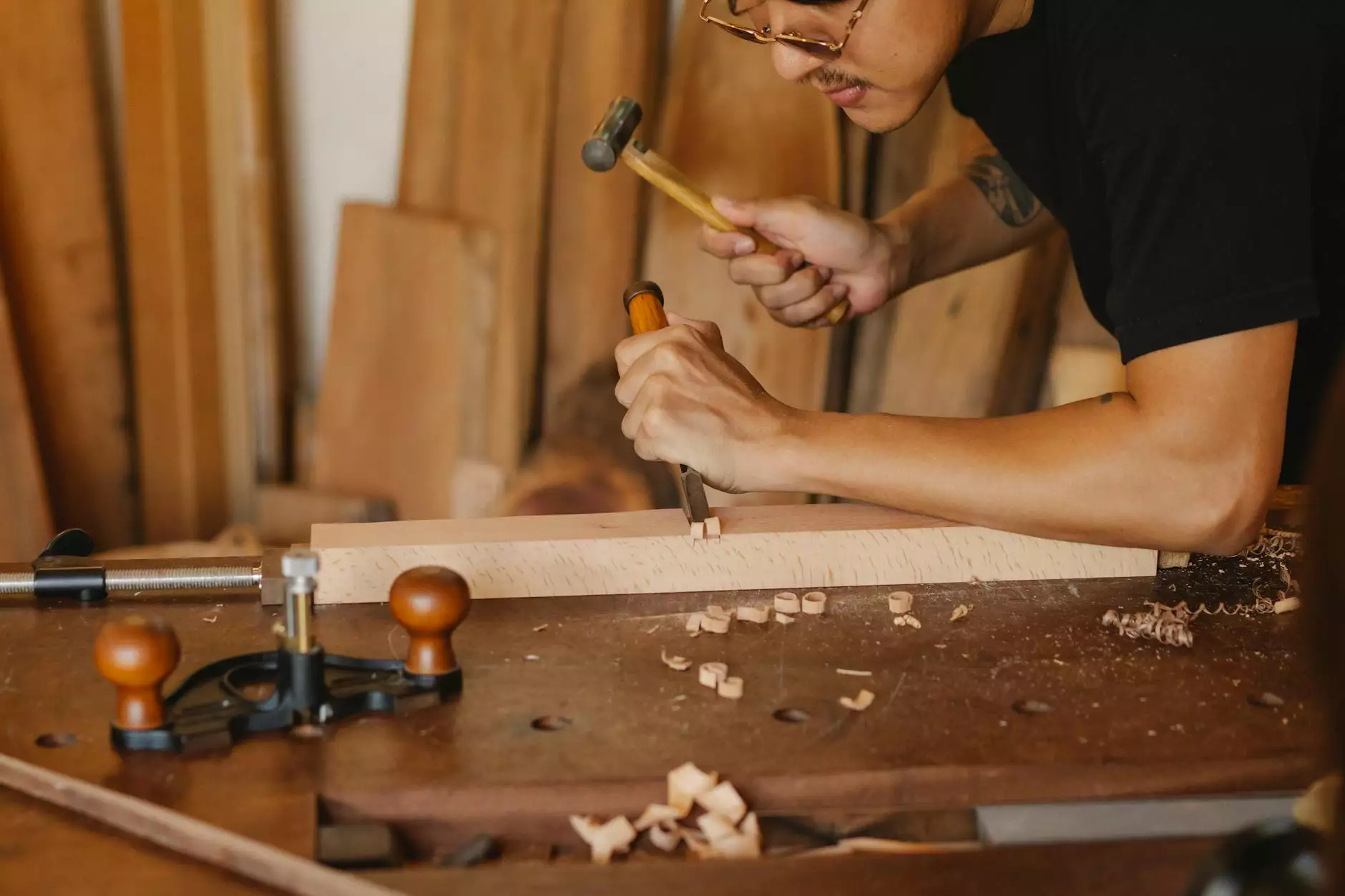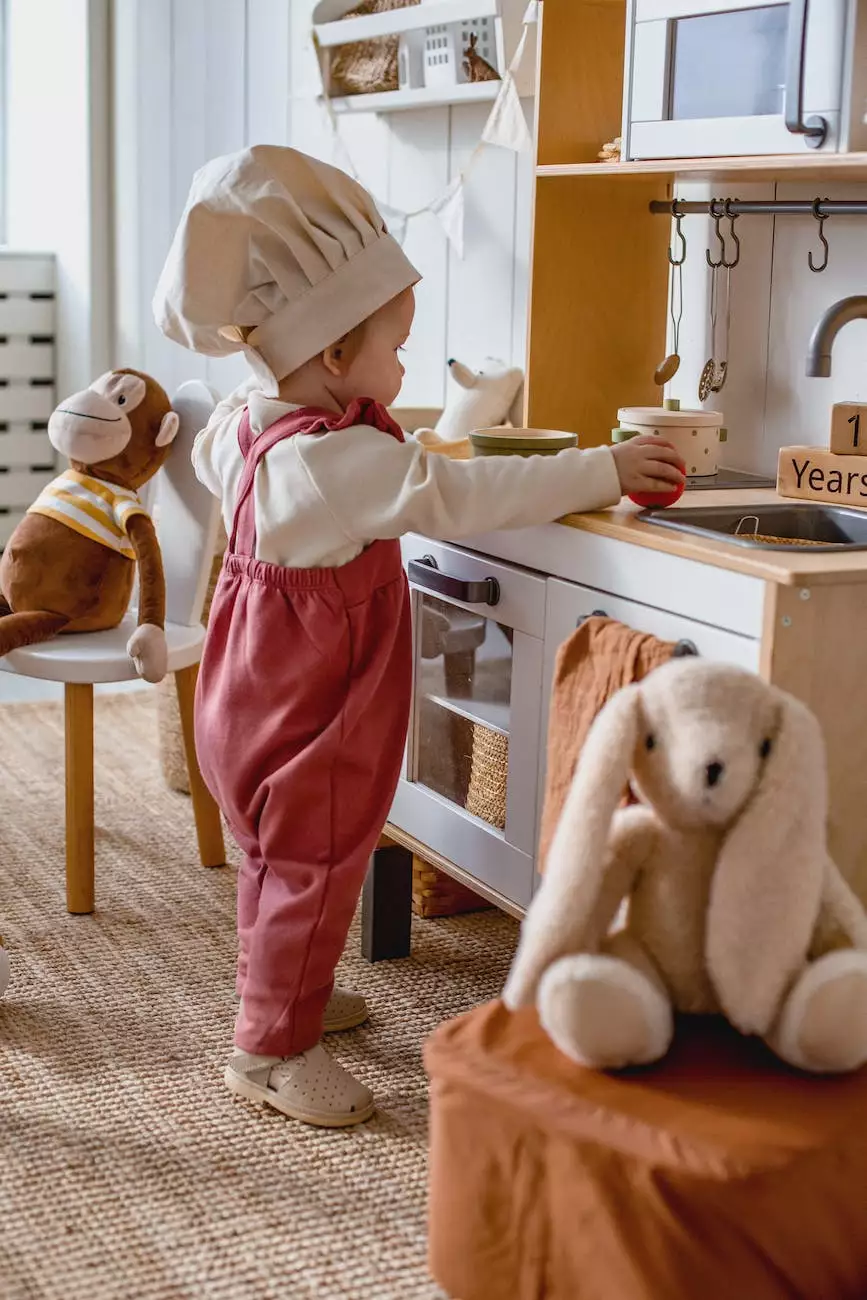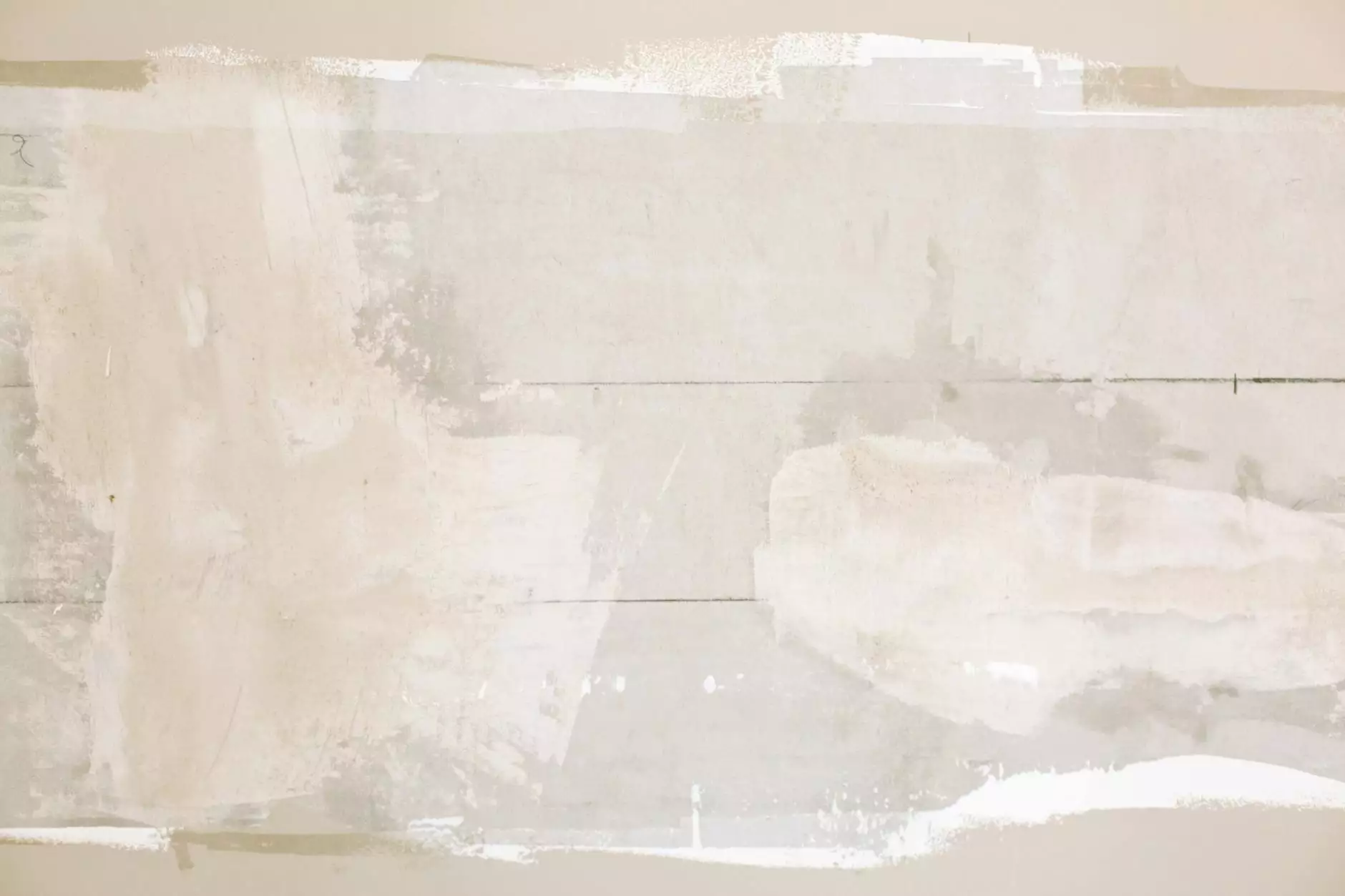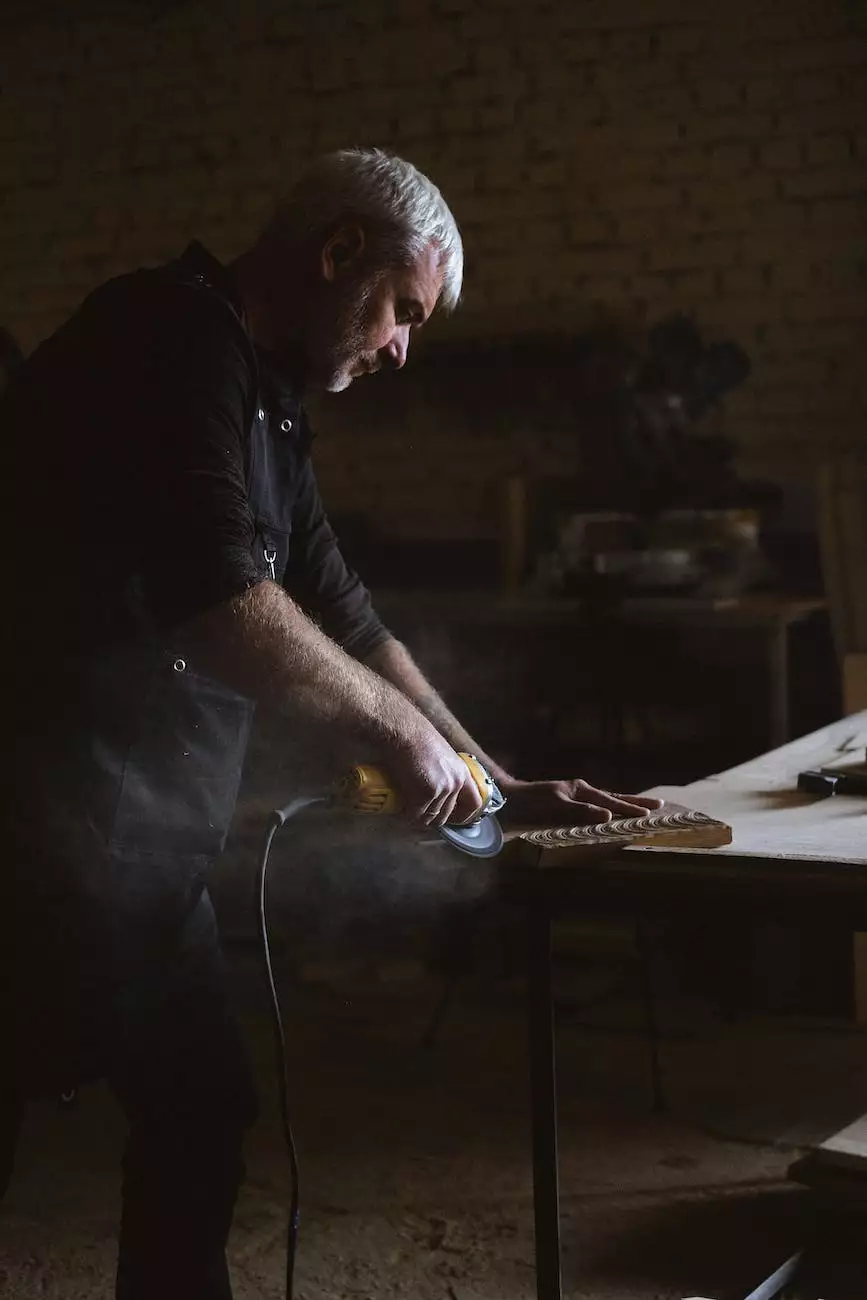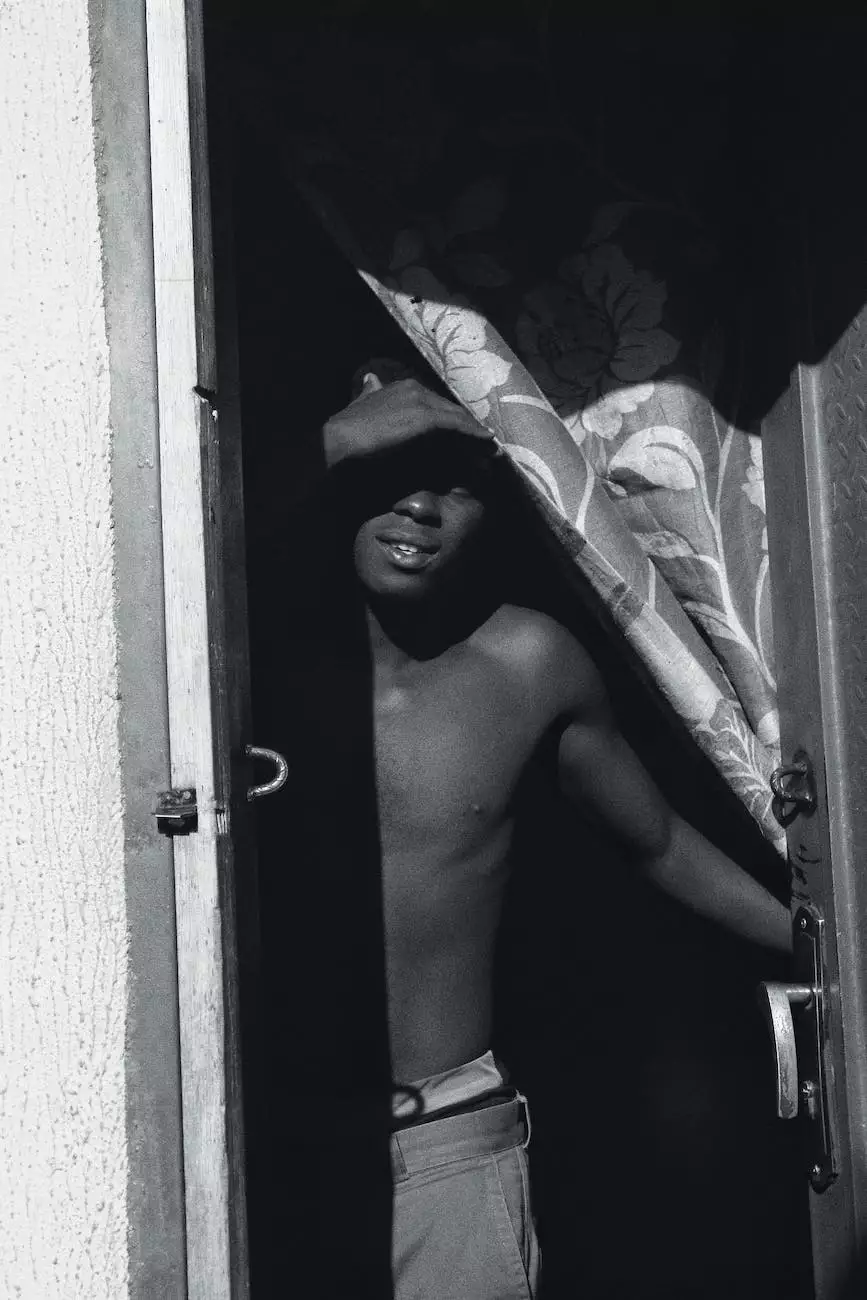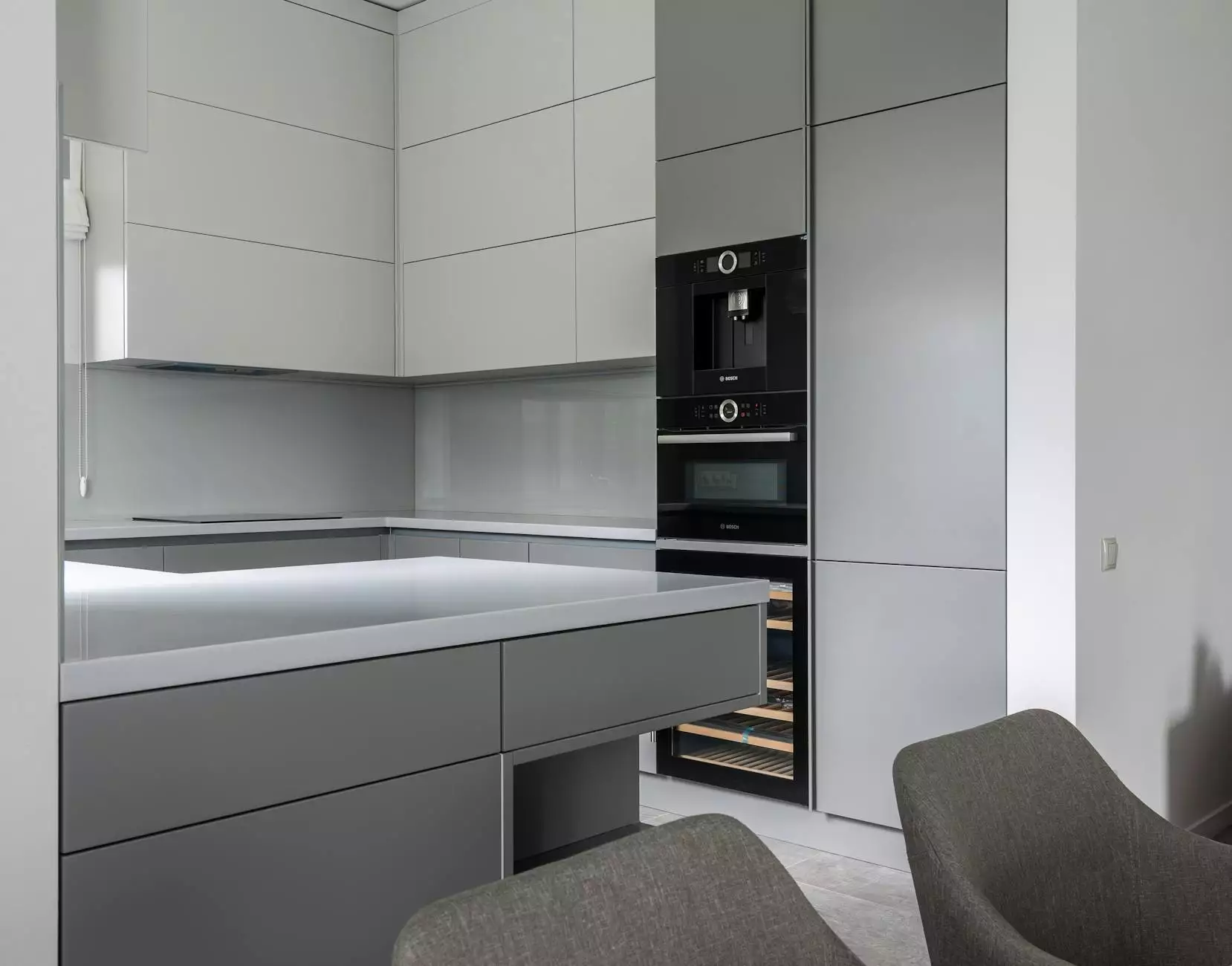Comparing Vinyl Siding to James Hardie Plank Siding
Blog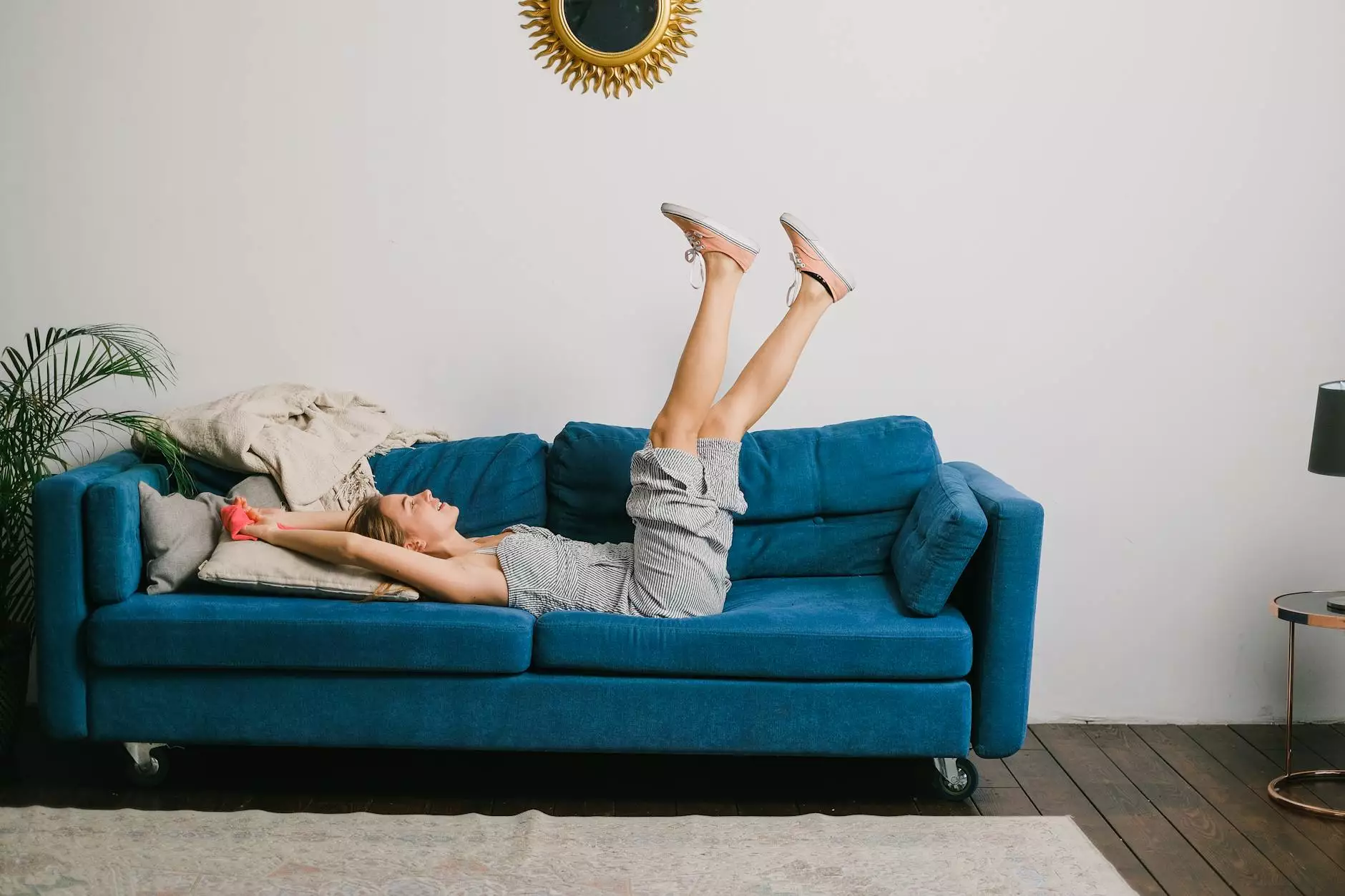
Welcome to AJR Carpentry's comprehensive guide on vinyl siding and James Hardie plank siding. In this article, we will delve into the key differences between these two popular choices for home exteriors. Whether you are considering a renovation or building a new home, understanding the pros and cons of each option is crucial to making an informed decision.
What is Vinyl Siding?
Vinyl siding is a popular choice among homeowners due to its affordability and low maintenance requirements. It is made from polyvinyl chloride (PVC) resin, offering durability and resistance to common issues such as rotting, peeling, and fading. Vinyl siding comes in a wide range of colors, styles, and textures, allowing homeowners to achieve the desired aesthetic for their property.
One of the key advantages of vinyl siding is its ease of installation. It can be applied directly over existing materials, reducing both time and labor costs. Additionally, vinyl siding offers good insulation properties and can improve energy efficiency, leading to potential cost savings on heating and cooling bills.
Introducing James Hardie Plank Siding
James Hardie plank siding, on the other hand, is a fiber cement product that offers exceptional durability and longevity. It is made from a mixture of cement, cellulose fibers, and sand, resulting in a robust and weather-resistant material. James Hardie plank siding is renowned for its ability to withstand harsh climates, including high winds, heavy rains, and even hailstorms.
One of the standout features of James Hardie plank siding is its remarkable resemblance to traditional wood siding, without the associated drawbacks. While wood siding requires regular maintenance, such as painting and sealing, James Hardie plank siding is pre-finished and resistant to cracking, warping, and pest infestations.
Comparing Key Factors
1. Durability and Longevity
When it comes to durability and longevity, James Hardie plank siding outperforms vinyl siding. Vinyl siding can be prone to damage from impacts, such as hail or flying debris, while James Hardie plank siding is designed to resist such incidents. James Hardie plank siding is also resistant to fire, rot, and pests, making it an ideal choice for homeowners seeking a long-term investment.
2. Aesthetics
Both vinyl siding and James Hardie plank siding offer a wide range of design options. Vinyl siding comes in various colors and textures, allowing homeowners to achieve their desired look. It is worth noting that certain types of vinyl siding may be prone to fading over time, while James Hardie plank siding retains its color and aesthetic appeal for many years.
3. Maintenance
One of the significant advantages of vinyl siding is its low maintenance requirements. Unlike wood siding, vinyl siding does not require painting or sealing over time. Routine cleaning with a mild detergent and water is usually sufficient to keep vinyl siding looking its best. However, it is essential to note that vinyl siding may be susceptible to damage from extreme temperatures and might require repairs in extreme cases.
James Hardie plank siding, although more resistant to damage, may need occasional repainting to maintain its appearance. Nonetheless, the overall maintenance required for James Hardie plank siding is considerably less compared to traditional wood siding.
4. Cost
Cost is an essential factor in any siding project. Vinyl siding is generally more cost-effective compared to James Hardie plank siding. It offers a more affordable upfront investment and requires less labor during installation. However, it is crucial to consider long-term factors, such as maintenance and potential repairs, when assessing the overall cost of each option.
James Hardie plank siding, while initially having a higher price point, can be viewed as a long-term investment due to its durability and resistance to various factors that could damage other siding options. The lower maintenance requirements and extended lifespan of James Hardie plank siding contribute to its overall value in the long run.
Conclusion
When comparing vinyl siding to James Hardie plank siding, it is essential to consider key factors such as durability, aesthetics, maintenance requirements, and cost. Both options have their unique benefits, and the decision ultimately depends on your specific needs and preferences.
Whether you choose vinyl siding or James Hardie plank siding, AJR Carpentry is here to provide expert advice and superior craftsmanship for your home improvement needs. Contact us today to explore your options and receive personalized recommendations tailored to your project.


